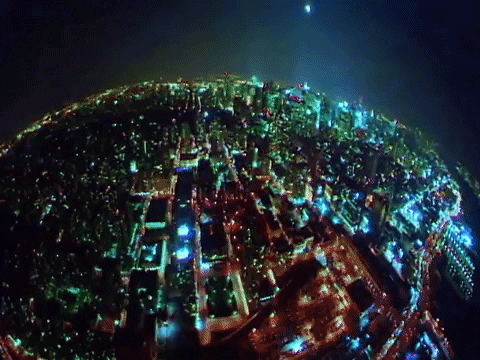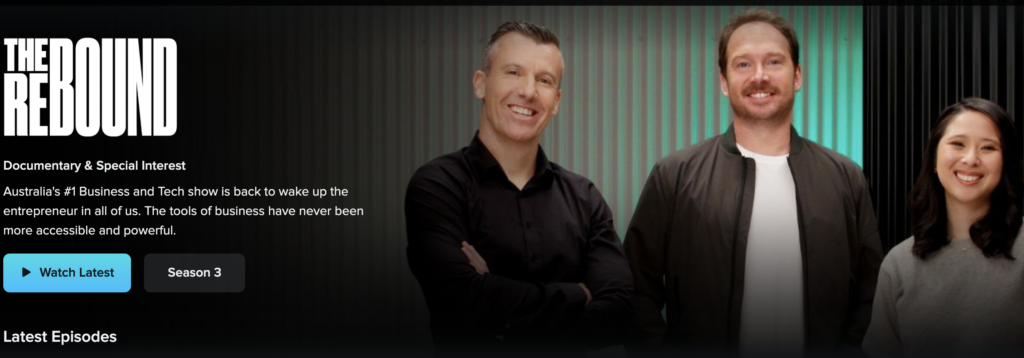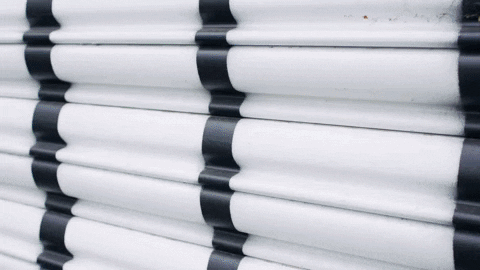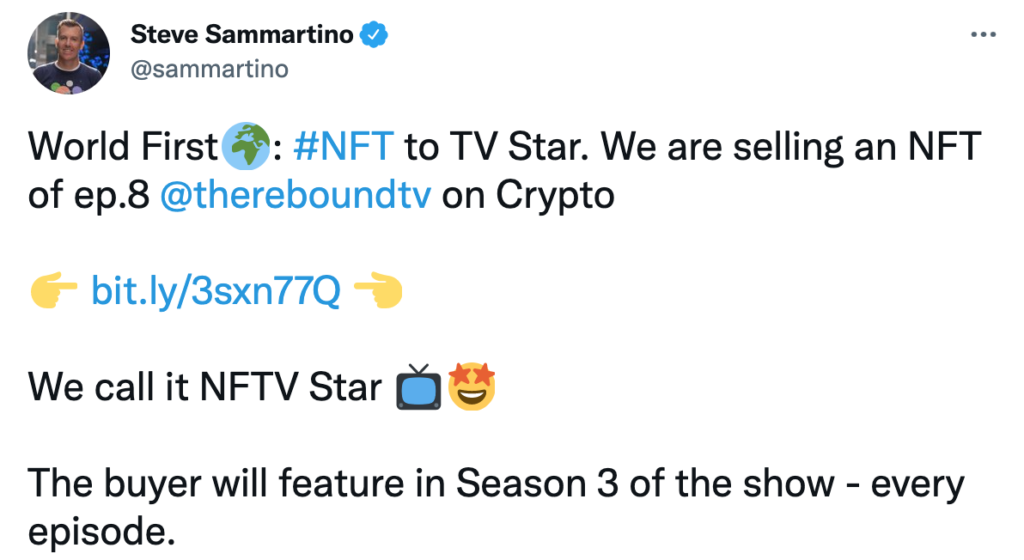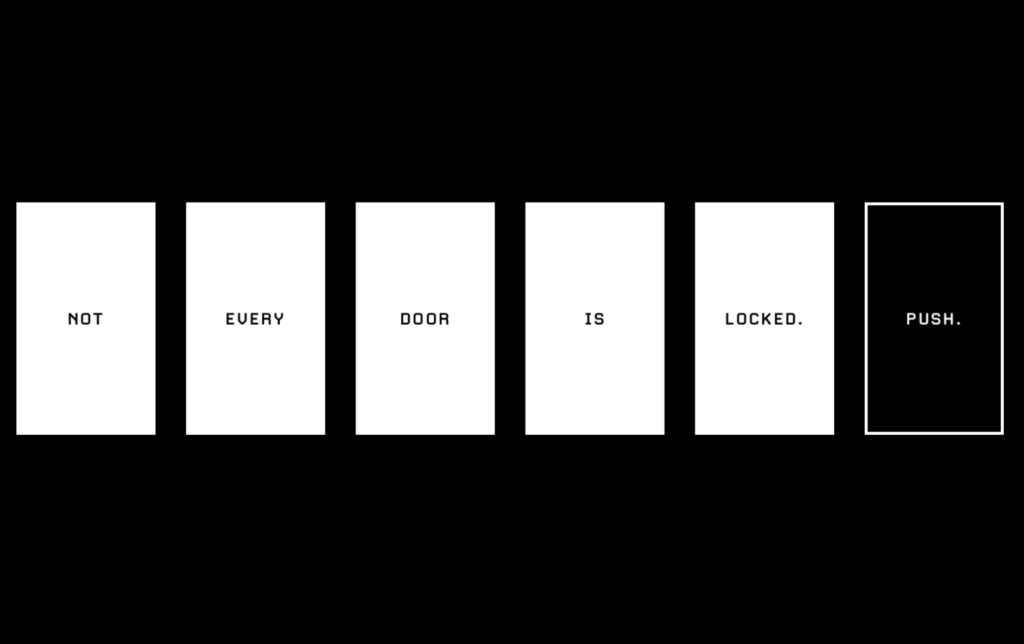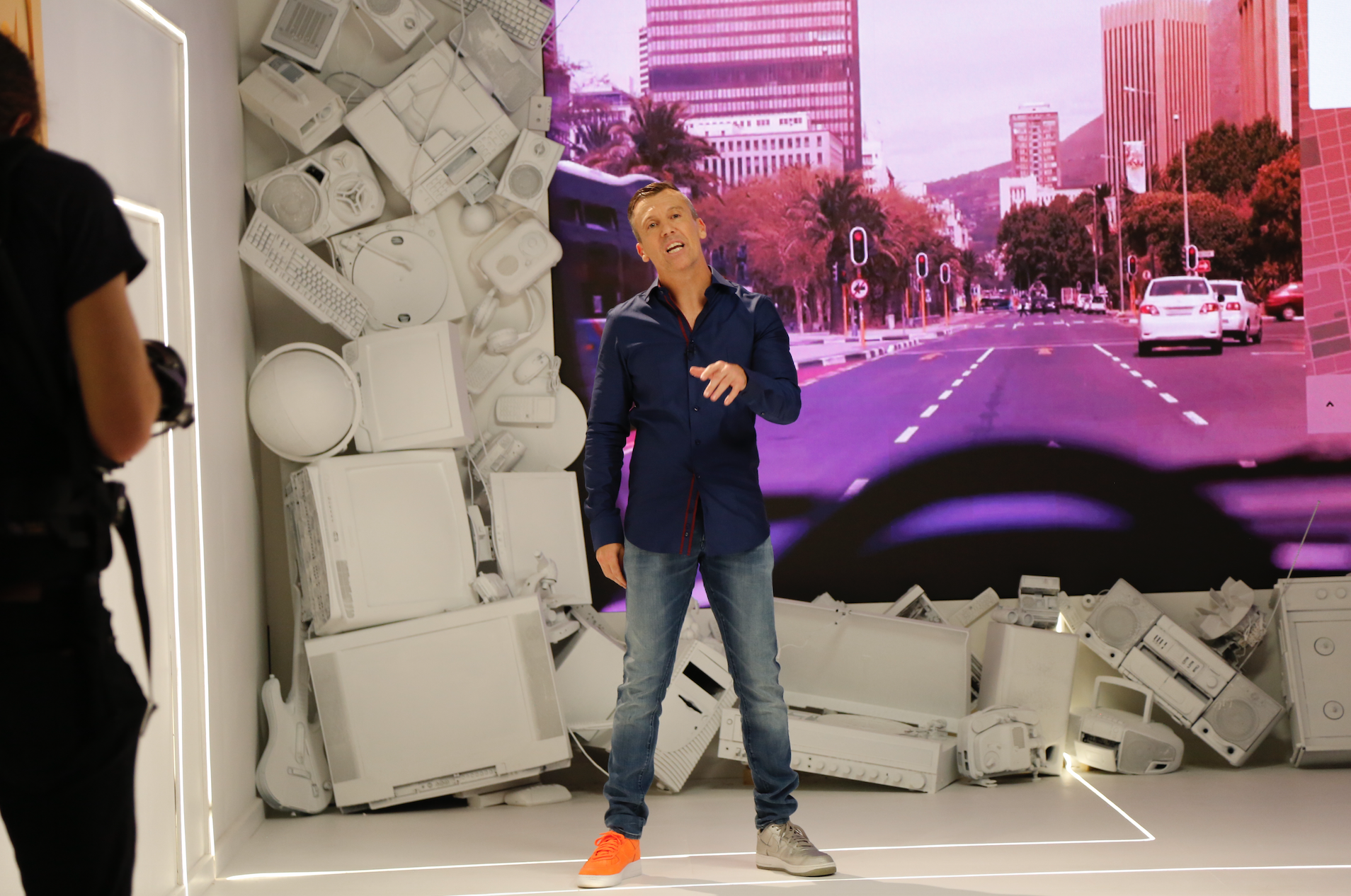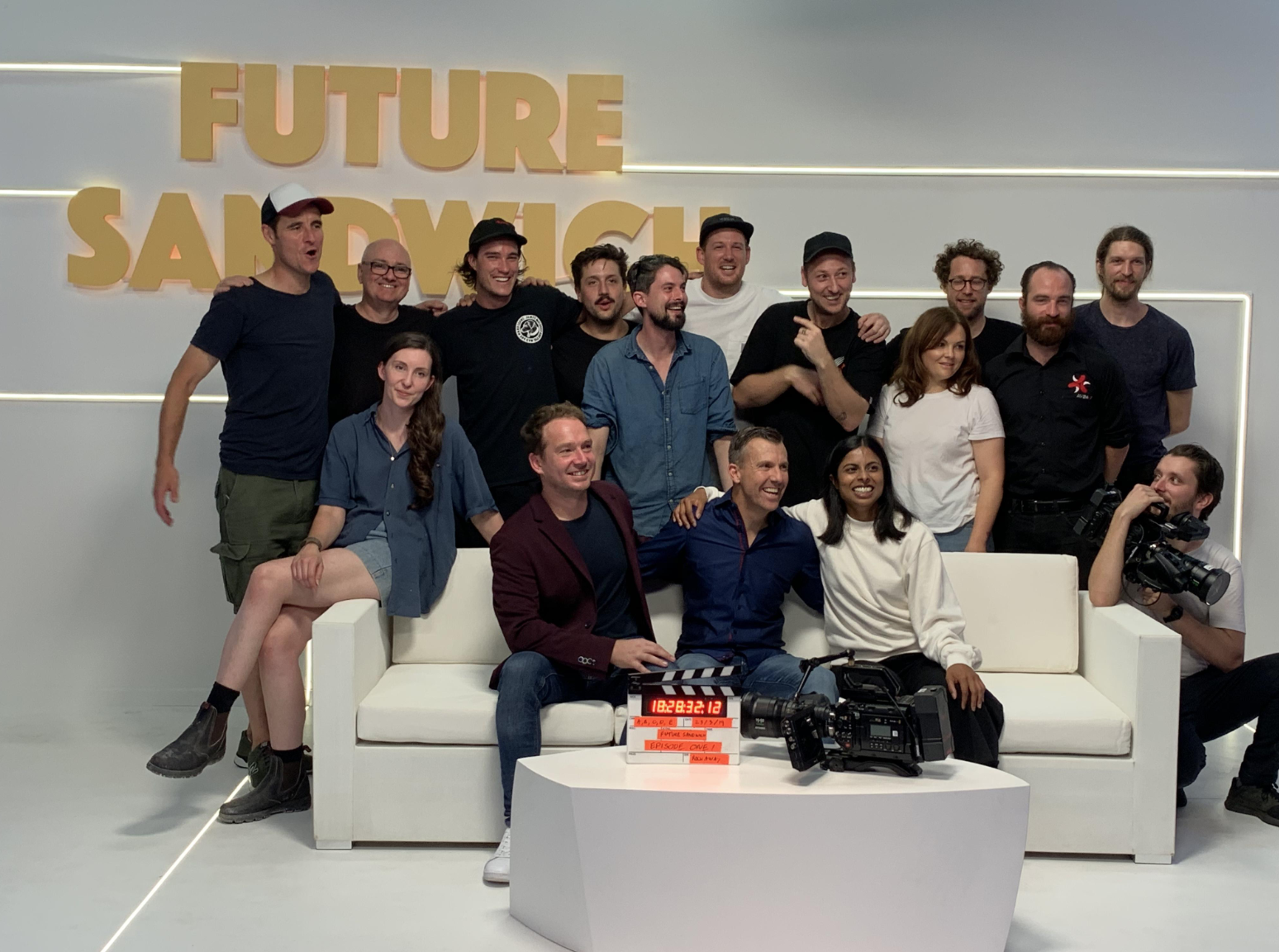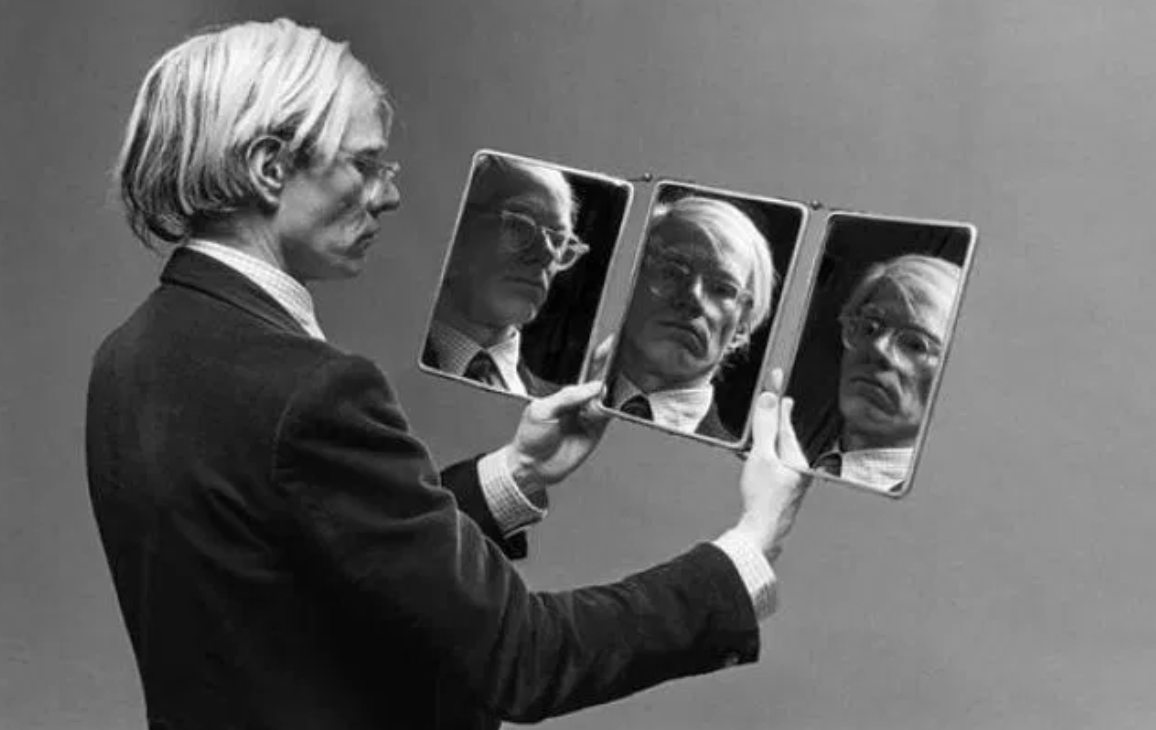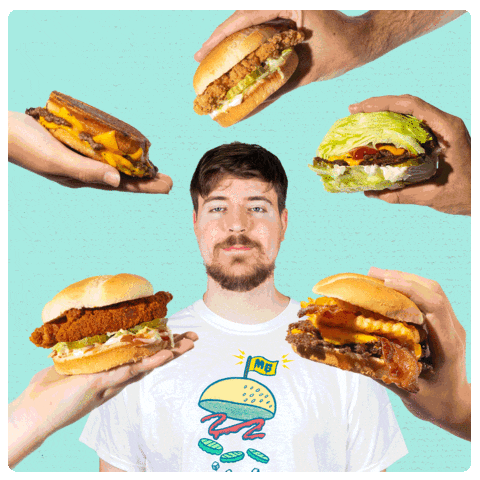
Who’s the biggest TV star in the world? Anyone older than 25 will probably nominate a TV star from the free-to-air (FTA) TV era. Anyone under the age of 25, that is, born after the modern internet burst onto the scene, will tell you it’s MrBeast – aka Jimmy Donaldson.
MrBeast recently passed a milestone 100 million subscribers on YouTube (now 104m) . In total, his posts have attracted more than 26 billion views and his videos are seen on average anywhere between 50 to 110 million times. To put that in context, the two most-watched shows in TV history (outside of global live events) are:
- Mash – the final episode, 105 million viewers and;
- Seinfeld – the final episode 76 million viewers
Clearly, it has been a long time since traditional linear TV set any viewership records.
Mr Beast Strategy
MrBeast is now more than an on-screen persona – it’s graduated to a sizeable business. According to Forbes magazine, Donaldson earned $US54 million in revenue last year and now runs a production company with over 50 employees. He has also given away more than $50 million to charity and claims to be YouTube’s biggest philanthropist. To celebrate his 100 millionth subscriber, Donaldson created a video with a hundred of his fans running a modern-day game show, competing to win an island. The production cost alone for this celebration was over $US500,000.
The story of Donaldson’s origin is as surprising as how big he’s become. Ten years ago, Donaldson set himself a clear goal to become famous by earning as many views on YouTube as possible. The ‘how’ of gaining views was less important. Naturally, Donaldson gravitated towards silly stunts and challenges to maximise reach. Some of his early videos included counting to 100,000 (a lengthy 40 hours) and tried spinning a fidget spinner for 24 hours straight. Although his videos have evolved in sophistication of production and concept, this ‘game show’ method has served him well. His key ingredients have become:
- Challenges and stunts
- Giveaways with often very generous prizes
- Celebrity appearances
Consistent with other popular game shows like The New Price is Right, audience participation is a priority. Donaldson creates incentives for viewers to be involved – to appear in videos and compete for exciting prizes, creating a brilliant viral loop growing both views and audience. Donaldson claims to have cracked the code for making viral posts and that once you’ve mastered the art, “you can make unlimited money”. There are many lessons our local media channels could learn from him about generating views, revenue and profit.
Bonus: Follow my TikTok here for biz & life rad advice (almost 1 million views just this month!)
TV Reality Check
The financial struggles of free to air TV channels are well-documented. Network 10 ended up in receivership and was eventually bought out by CBS. Neither Seven West Media nor Nine Entertainment have done much to solidify their long-term future and may struggle.
Basically, all media sells attention. In media circles, this is known as CPM which is ‘cost per thousand’ viewers. Enter, a reality check. FTA TV currently commands an average premium per set of eyeballs of 700 per cent. No, that’s not a typo.
Nestled in the TV that fits in the palm of your hand, social media platforms including Instagram, Facebook and YouTube charge around $A7 for every 1,000 views. In comparison, FTA TV charges $A50 per 1,000 views a mid-rating show, while ratings winners like The Block costs as much as $175 per 1,000 viewers for a 30 second commercial.
The irony is that while most people are peering into their tiny phone screens, that is when these ‘premium-priced’ commercials run on the big TV mounted on the wall. TV commercials are not nearly as targeted as digital advertising is, neither psycho-graphically nor geographically.
Additionally, FTA TV commercials don’t have click-through potential, and disappear into the ether after they run. In contrast, the online variant, while it can be skipped, can continue to live on in the same social channel as a standalone video, receiving organic views and feed a content play for the brands pushing them.
These FTA numbers for reaching people simply can’t and won’t be sustained. If I were to point out a reason why the market still tolerates such an imbalance in CPM on FTV versus digital channels, I’d narrow it down to the senior executives buying the ad spaces. People buying the advertising space for large brands mostly grew up before the internet and bear a legacy mindset that TV is in some way superior.
That said, it won’t be long before a new cohort of CEOs and CMOs arrive and start challenging why they are paying such an exorbitant premium to reach the same people. When that happens, we ought expect FTA TV’s revenue to decline by 80 per cent.
What Free to Air TV Should Do
Like all disrupted businesses, traditional TV is filled with growth opportunities if they’d only embrace them. The first of these should be realising that the world is no longer segmented in 30-minute slots.
The simplicity of online videos running for as long as a few seconds to a few hours is telling. It seems as though the TV stations would rather things be neat, instead of relevant.
They need to lower the barriers to entry on their digital catchup TV. Tuning into catchup TV is not nearly as easy as it should be. It requires registrations and most shows are removed after a few weeks. In what should be a competitive play against YouTube, the on-demand digital platform is treated as a departures lounge for the TV you missed.
In fact, all channels would do well to leave their entire corporate back catalogue of TV shows online forever, share the revenue with existing content owners and even allow it to be mashed up by new content creators. Then they could create new layered versions of what has already been made. This is already happening, but just TikTok and YouTube. It’s not even a secret…. they only need to copy what is happening!
Search for your favourite TV show from the 1980s and you’ll see it published on YouTube with Google collecting the revenue for advertising running before and beside it. Simply embracing long tail content, asynchronous viewing and allowing the audience to upload and re-interpret their content could change Free to Air’s business model dramatically. But it seems they love the business model they had yesterday more than the reality of today.
– – –
Keep Thinking,
Steve.
